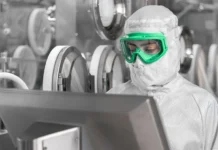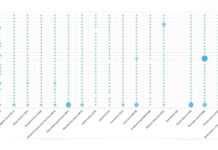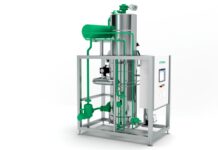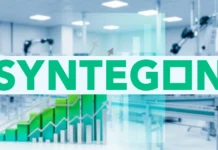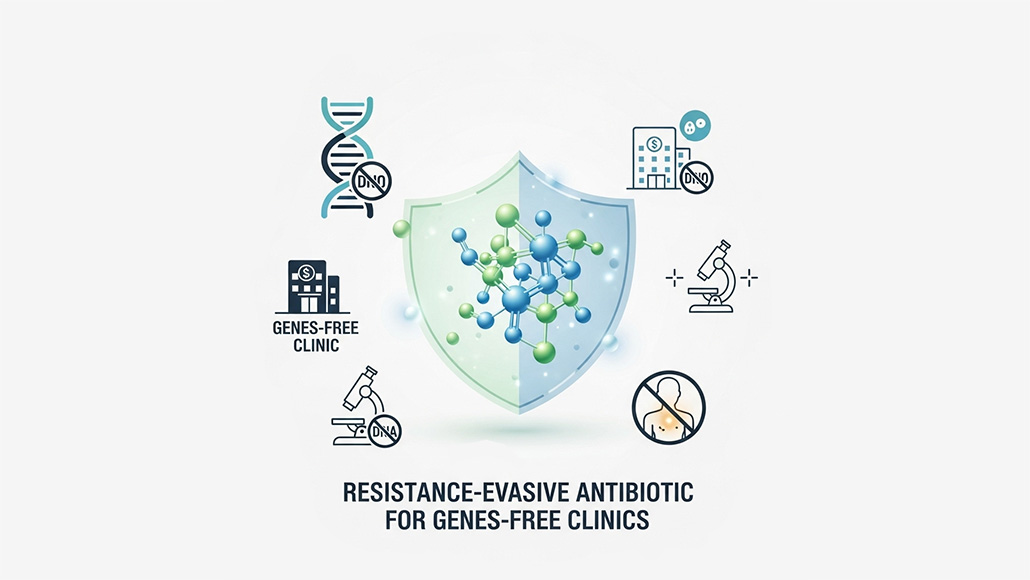In a startling figure, multidrug-resistant bacteria kill almost 5 million people every year, with newly resistant germs emerging faster than the scientists can actually develop the treatments.
The researchers have now gone on to develop a platform which can go ahead in identifying the drug resistance genes which happen to be already circulating within the environment before they crop up in the clinic and at the same time directly relate this information to the design of the resistance-evasive antibiotic.
According to the findings, which have been published in PNAS, use metagenomic service when it comes to the so-called resistome as an early warning system, which can go ahead and alert the scientists to resistance, which can likely become a problem in the near future. Due to this kind of information, antibiotics in development can get proactively optimized in order to make them more resilient against their microbial enemies.
The potential that is untapped
It is well to be noted that antibiotic development often happens to be an endless cycle of finding new compounds in order to replace those that have gone on to become ineffective. Although the scientists try to make utmost use of drugs against resistance predicted in the lab and resistant strains that crop up within the clinic, the current system has gone on to prove ill-equipped in order to precisely anticipate certain novel threats.
At Rockefeller, Brady’s laboratory of genetically encoded small molecules went on to suspect that that there was a much better way ahead. They happened to know that bacteria in nature have spent millennia while battling one another with antibiotics as well as resistance genes, thereby forming a massive reservoir of resistance mechanisms within the environment, which we now know happens to include numerous of the same mechanisms that appeared within the clinics. For instance, the very same types of resistance genes went on to get a major blow to antibiotic classes such as the beta-lactams that got circulated in populations of soil bacteria long before the drugs went on to enter the clinical usage.
There is indeed very robust evidence that suggests that clinical resistance can actually crop up among bacteria fighting within the environment. The resistance mechanisms of tomorrow may already be present in the soil samples of today. The challenge was finding a way in order to access that information and make use of it so as to enhance human health.
Data mining
For the study, the team happened to focus on albicidin, which is a promising antibiotic candidate. With 3.5 terabase pairs of microbial DNA, which were extracted from soil, almost 700,000 bacterial genomes, they happened to build a metagenomic library and introduced it into E. coli, which is a model bacterial host that can be easily screened in order to identify albicidin resistance genes.
Apparently, bacteria that survived albicidin exposure got isolated, and resistance genes got sequenced. The screen went on to reveal eight classes of resistance genes, which were further evaluated in order to identify how each happens to disable the drug. Scientists found a lot of interesting and unusual mechanisms. They were indeed surprised by how well this model happened to lend itself in order to find unknown types of resistance.
In order to figure out how to evade these resistance mechanisms, the researchers also looked at natural structural variants when it comes to albicidin with the rationale that these variants may as well have evolved in the battle between soil microbes to circumvent resistance. Each variant tested happened to have a very specific vulnerability profile against various types of resistance, which went on to further reveal the chemical features that helped some variants to remain effective. With this kind of information, they began prioritizing the promising drug leads. One variant– congener 10, having numerous structural differences compared to albicidin—was especially promising as it continued to operate in the face of the most generic resistance types.
At the end of the day, the team went on to demonstrate that that their method can as well guide the drug design by way of engineering novel versions of albicidin, which can get combined along with the most protective features into the compounds that happen to remain potent in the face of even the most prominent resistance proteins.
Researchers do hope that the pharmaceutical companies are going to adopt their technique in order to test a candidate drug’s vulnerability to pre-existing forms of resistance within the environment as they decide to move forward with the development. It is indeed fast and efficient, and the researchers do think that it would be easy for drug companies to go ahead and integrate this method into the benchmark drug development pipeline.
Apparently, in the short term, the team also looks forward to applying their screening platform to certain another resistance-evasive antibiotic that are developed within the Brady lab. Through identifying as well as addressing certain environmental susceptibility in the early stage, they look forward to generating candidates having longer clinical lifespans with less chance of getting undermined due to resistance.
According to Brady, James Peek, who happens to be the lead author and the research associate of Sean F. Brady at Rockefeller University, has indeed gone on to develop a remarkably simple yet broadly applicable approach that can be readily integrated within the antibiotic discovery pipelines. It happens to hold real promise when it comes to increasing the likelihood that new antibiotics might as well avoid fast resistance upon entering the clinic. They really hope others are going to recognize its value and also integrate it as a benchmark component within their antibiotic development endeavors.









